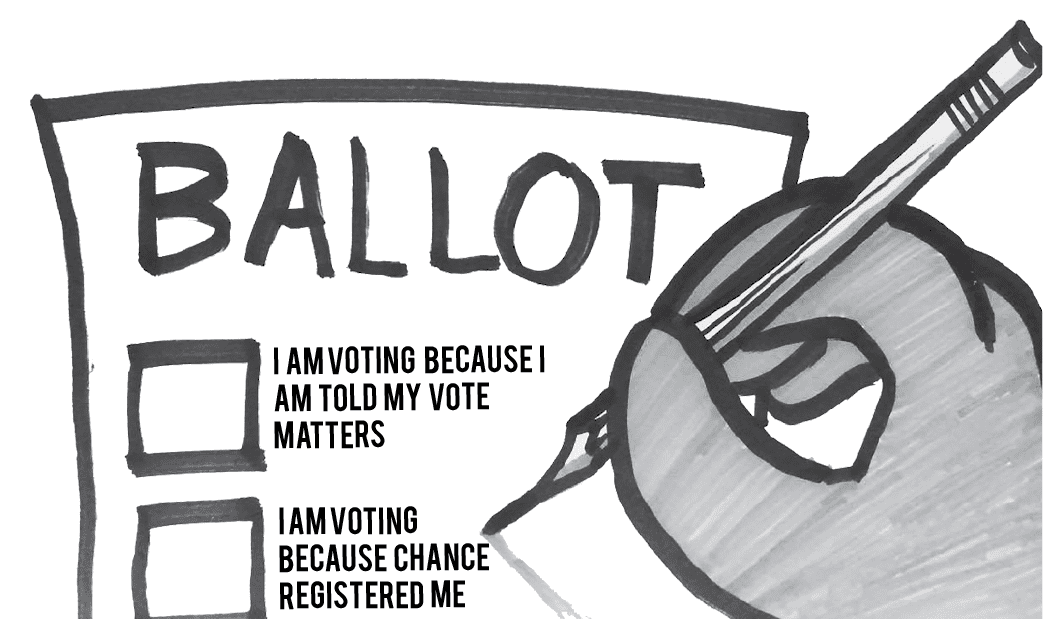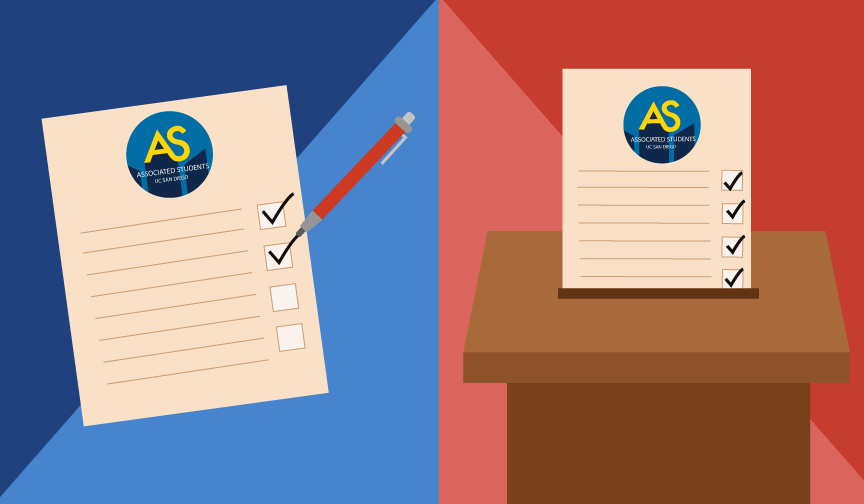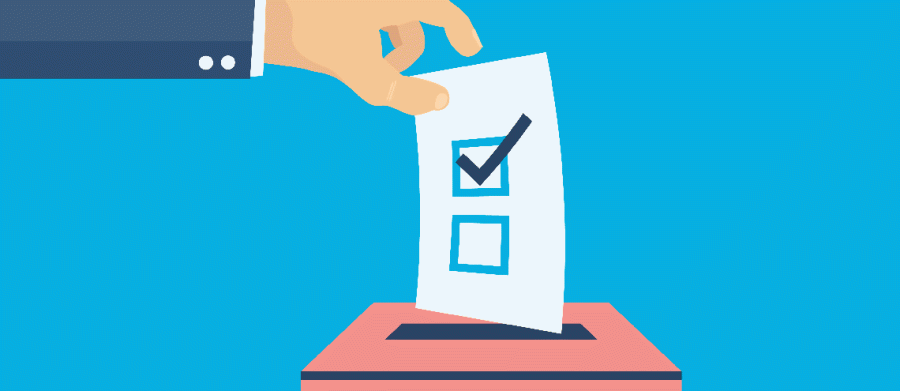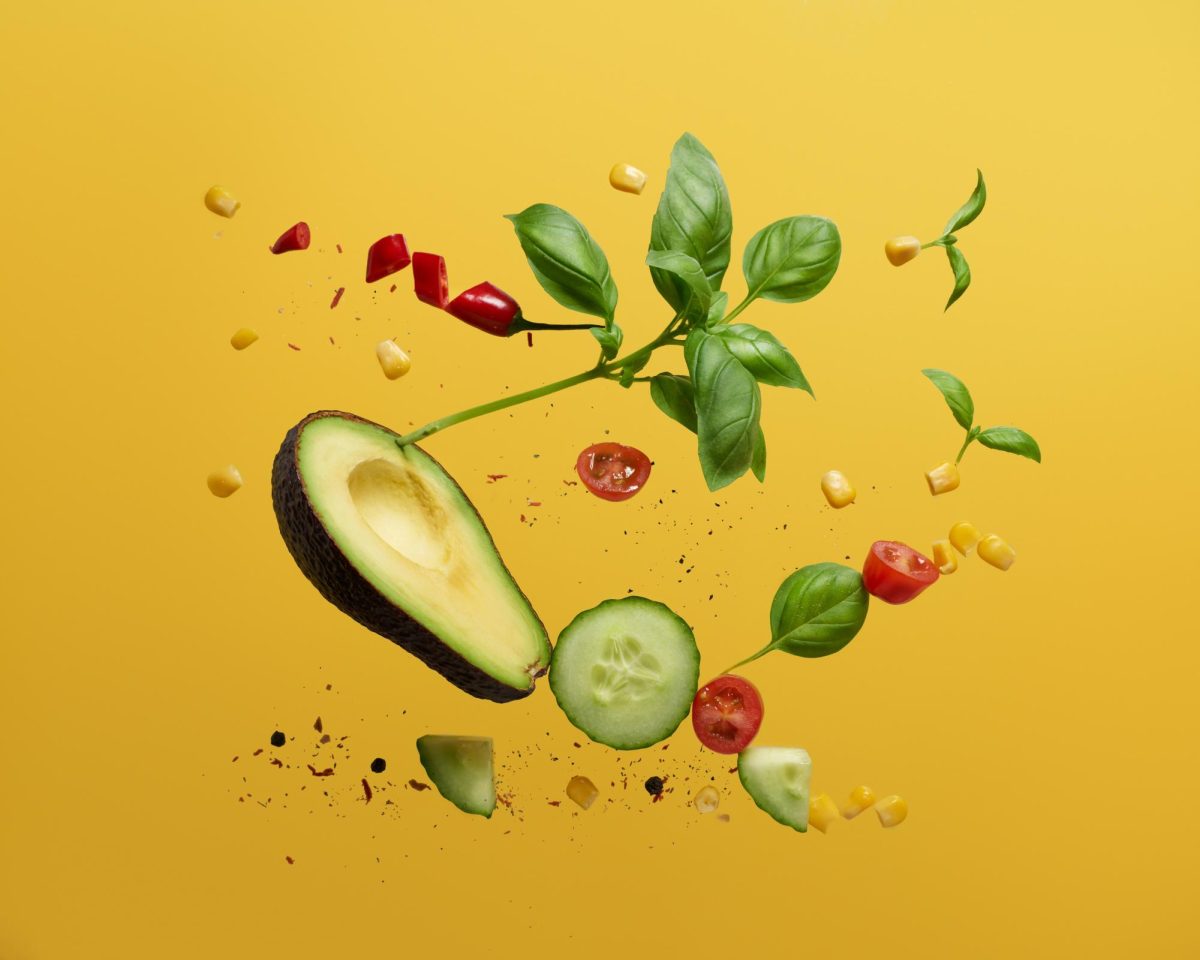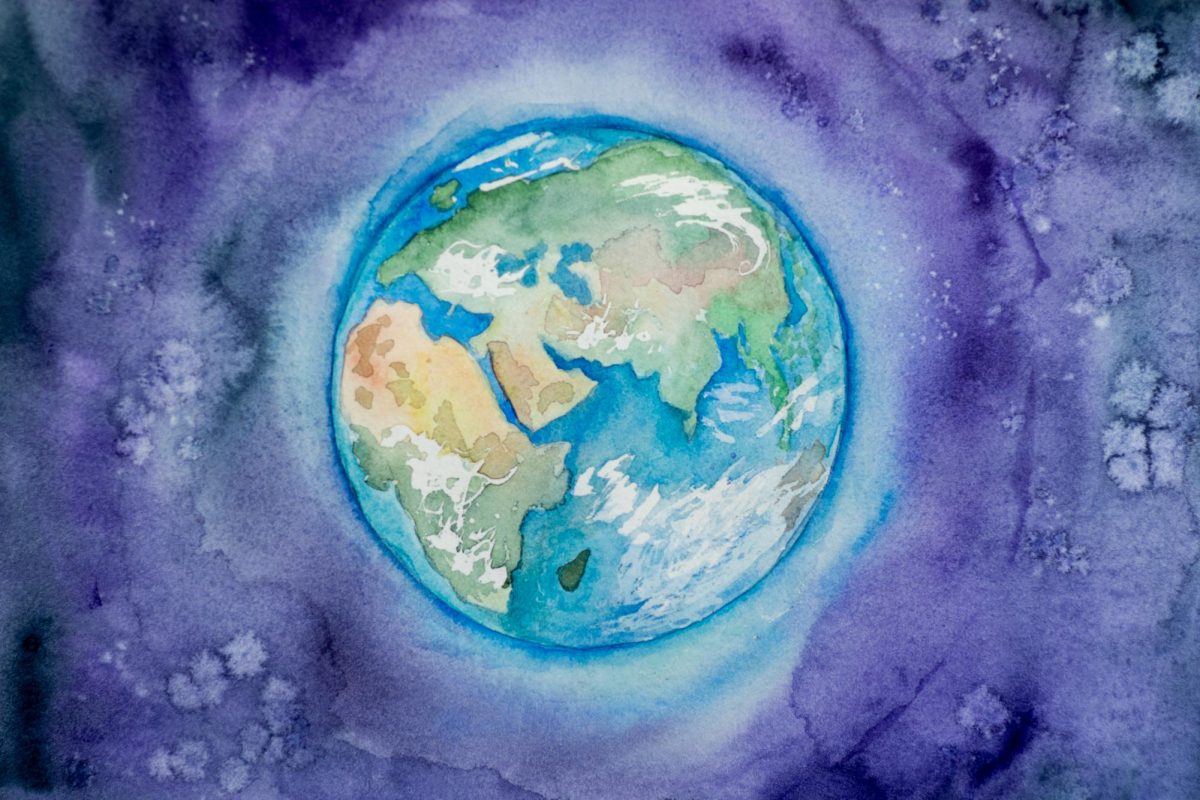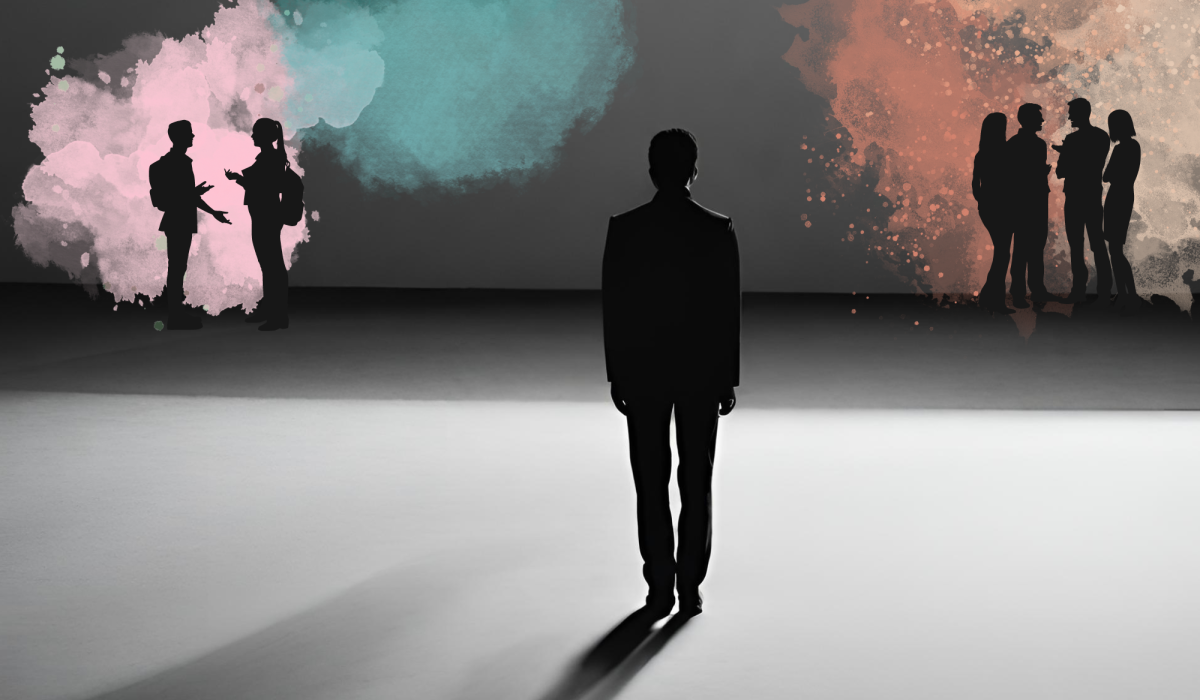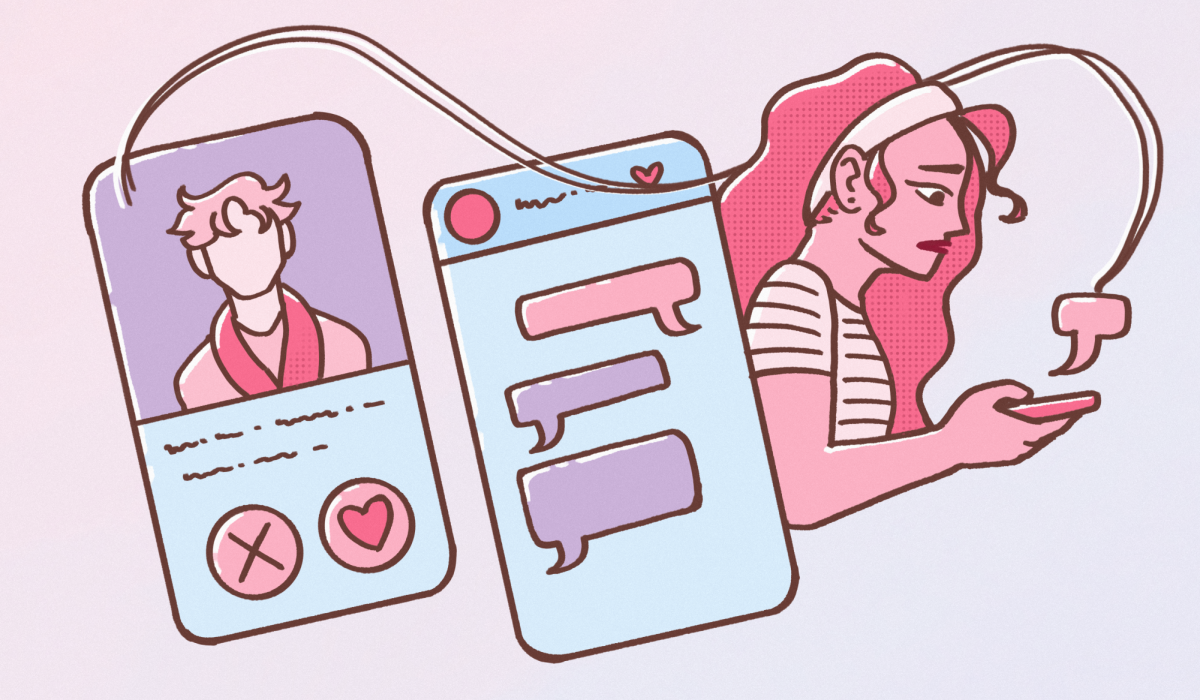Millennials get a bad rap. We are called lazy, self-absorbed and technology-obsessed. We spend too much time on Facebook, take too many pictures of ourselves and are too involved with the lives of celebrities. The only thing millennials don’t do in exorbitant amounts is vote. Historically, young voters have been the largest demographic to abstain from visiting the polls. In the 2014 congressional elections, just 19.9 percent of people aged 18 to 29 voted, the lowest youth turnout rate ever recorded for a federal election. Presidential elections aren’t faring much better: In 2012, only 45 percent of young people in the same age bracket voted, according to the Center for Information and Research on Civic Learning and Engagement.
Making up roughly 31 percent of the overall electorate, the candidate who can get their millennial supporters to vote will hold a fighting chance at winning the election. That being said, the situation is even more important for the young voters themselves to elect the candidate they see fit to run the country. Young people across the United Kingdom have been lamenting the fact that their futures have been determined by their older counterparts who voted in favor of the EU Referendum, yet according to the Washington Post, only 36 percent of voters aged 18 to 24 actually cast their ballots in the election. If young voters want to have a voice in important decisions regarding their country and futures, then they have to actually exercise their democratic right by voting. How to effectively do this, however, poses a larger question.
Increasing voter turnout for the young demographic has been an undertaking for decades. In 1990, a then-Virgin Records executive Jeff Ayeroff founded Rock the Vote, the largest nonprofit and nonpartisan organization in the United States aimed at driving young people to vote. Recruiting musicians like Madonna, Snoop Dogg, Lil Jon and other cultural icons, Rock the Vote has aimed to revolutionize the use of pop culture, music and technology to increase political activity.
While young voters have grown up since the beginning of Rock the Vote, more programs with similar intent have surfaced. Chance the Rapper has teamed up with the NAACP to have voter registration booths at all of his Magnificent Coloring World Tour, while Vic Mensa has made his EP “There’s Alot Going On” free to all fans who pledge to vote. Facebook features and Instagram sponsored posts encourage young users to register, while Snapchat has partnered with voter-registration app Turbovote to allow millennials to register in under a minute. While using star power to attract young voters is smart, utilizing celebrities and filters to increase the youth vote is a tenuous solution. In the past, America’s youth were not swayed by Madonna’s Rock the Vote campaign and millennials today are likely not swayed by Chance the Rapper’s alone. Musicians and actors can only urge the youth to do so much. Until America’s young people see the value in voting themselves, increases in turnout rates will remain stagnant. The age-old question arises again: How do we get young people registered and actually voting?
In order to bring in young voters, organizations and politicians alike need to show millennials that their vote matters. The common belief, especially among young Americans is that their opinions on issues aren’t valued. Historically, the U.S government has been seen as a predominately white, male institution. With Congress currently being made up of 80 percent white men, it is hard to see how our politicians adequately represent the American public in terms of race, economic status and gender. Many do not see the point in becoming involved within the political spectrum because they see little connection to how it can improve their day-to-day lives. This divide is only deepened when looking at the education and economic voting gap among the youth voters. In the 2012 presidential elections, the Washington Post reported that 73 percent of young Americans that voted had college degrees, while only 52 percent held high school diplomas. Low political efficacy amongst non-college educated, low-income youth will not increase until a connection between voting and improvement on issues like poverty, unemployment rates, race and gender issues is seen. This connection needs to start at a local level, by showing young people how voting for city ordinances and officials plays a direct role in their lives.
Once the significance of the youth vote is established, the process of registering and voting must be expedited. According to Demos, a public policy organization, states that allow voters to register and vote on the same day consistently lead the nation in voter participation. Currently, 13 states and the District of Columbia allow same-day voter registration — California is not on this list. If young voters were allowed to register and vote at the same time, it is safe to say that voter turnout would increase. For college students living far from their home towns, being able to actually cast their ballot is a confusing and complicated process. Mailing in ballots, changing addresses and finding local poll stations can be incredibly frustrating. This process must be made easier if the youth voter turnout rate is to increase.
If America wants its millennials to vote, it needs to rely on a lot more than Snapchat filters. The same old tactics of utilizing celebrities will only do so much in convincing young people to cast their ballots. We need to make registering and voting easier for Generation Y. We need to establish a real connection for young people between voting and the realities of their lives. We need to show them that their vote matters. It is only then that we can expect the youth turnout rate to increase.


